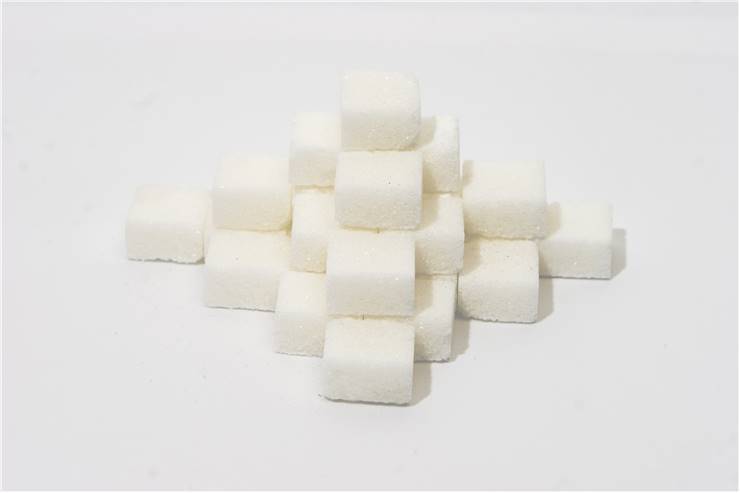Timeline of Sugar
8000 BC – Archeological evidence tells us that sugarcane was first domesticated in in New Guinea by its inhabitants, who slowly spread their knowledge across Southeast Asia, southern China, and India.
800 BC – First historical reference of sugar comes from China, with the mentions of the India’s sugarcane fields in some of their ancient surviving texts.
500 BC – Indian manufacturers started making cooled sugar syrup, which was molded in large flat bowls. This new form of sugar made it not only easier for transport, but its name managed to live until today. It was called khanda, or on modern day, candy.

300 BC – First European contact with the sugar came during the reign of famous Alexander the Great, when his returning troops from India brought back home mysterious “honey powder”. Even with this discovery, Europe embraced sugar more than 1 thousand years later after the end of the Crusades.
400 AD – Even though they could produce large quantities of sugar, majority of the Indian population preferred honey to sweeten their food. That changed in 5th century AD when Imperial Guptas found the way to turn sugarcane juice into granulated crystals. This new form of sugar was much easier to transport, which made it one of the primary trade ingredients of India.
500s – Buddhist monks who traveled from indie to neighboring countries introduced Sugar to China. Similarly, Indian sailors spread the world of this new amazing food ingredient across Indian Ocean.
600 – China established its first sugarcane plantations by using knowledge that they learned in India.
9th and 10th century – Arab Agricultural Revolution represents a key point in the history of sugar. It was then when Muslim countries in Middle East and Asia adopted sugar production of India, and enabled European countries to come in contact with this incredible food substance.
11th-13th centuries – Sugar returned to Europe to the Crusades, when soldiers brought back to Europe mysterious “sweet salt”. This discovery started the rise of the Venetian and Mediterranean trading fleets that soon brought vast amounts of knowledge and new materials to Europe, kick-starting the era of Renaissance and later period of so-called Golden Age of Discovery.
1500s – First sugarcane plantations were formed in Central America.
Early 1600s – French agronomist Olivier de Serres discovers crystallisable sugar in beet.
18th century – Until this point, sugar was very expensive and not available to general population of Europe and Americas. But, spreading of sugar plantations around the world managed to transform this item into very popular food ingredient. This move from very expensive to widely popular product brought great changes in the economic and social status in the world. Most notably, the need for establishing numerous plantations in the tropics intensified slave trade of African slaves, dispersing them all around the world, mostly to North and Central America.
1801 – First European beet sugar factory was established by Franz Karl Achard in Germany. This enabled Europe to start producing sugar in vast quantities, making it more popular and accessible.
19th century – Sugar was no longer considered to be only “popular”, but it was necessary food ingredient (for the first time normal diet included teas, coffee, jams, candies, chocolates, processed foods, etc.). Slave trade peaked in the 1st half of that century, but was reduced after the end of the American Civil War (1861–1865).
20th century – Sugar is commonplace item that is used regularly by everyone.
1957 - Richard O. Marshall and Earl P. Kooi developed high-fructose corn syrup which is now present in many sweet products, mostly sodas.
